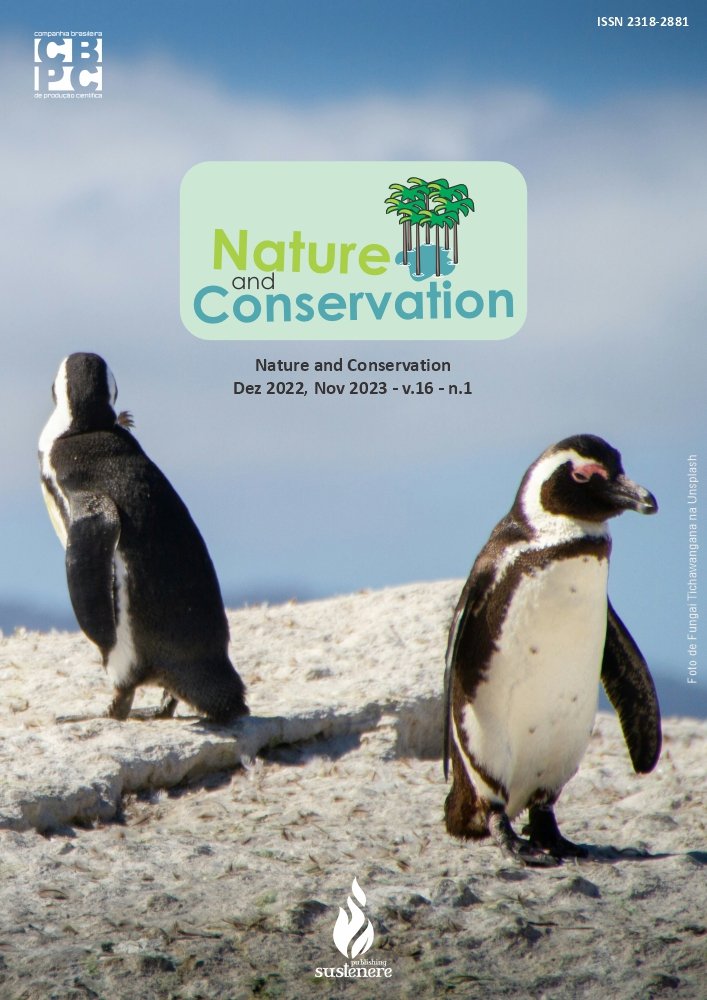Estudo da remoção de diclofenaco de sódio em meio aquoso usando carvão ativado
DOI:
https://doi.org/10.6008/CBPC2179-6858.2022.010.0013Keywords:
Emerging contaminants, Wastewater treatment, Pharmaceuticals, Experimental designAbstract
The exponential increase in the population linked to human activities and the lack or inefficiency of effluent treatments result in the release of an alarming number of emerging micropollutants. These micropollutants have a major toxic effect on human health and aquatic ecosystems. Various physical, chemical and biological methods have been implemented to minimize negative impacts on the environment. As conventional treatments are not able to fully remove these microcontaminants, more efficient technologies, such as adsorption, have been investigated because they present high removal efficiency, and also provide advantages such as ease of operation and non-generation of toxic by-products. In the present study, activated charcoal - CA was evaluated as an adsorbent for the removal of diclofenac - DCF. The process optimization was carried out through the application of a complete 24 factorial design to evaluate the influence of the independent variables adsorbent mass, DCF concentration, solution pH and contact time, on the percentage reduction (%R) responses in the concentration of DCF and amount adsorbed (qt). The best result in relation to the response variable qt presented a value of 24.38 mg. g–1 and the best result for the response variable %R obtained a value of 97.50%. The pseudo-second order model presented the best fit to the experimental data. The equilibrium data obtained were better described by the Sips isotherm. The CA obtained satisfactory results in the removal of DCF, presenting satisfactory removals of the drug, proving to be an efficient alternative for the removal of emerging microcontaminants.
Downloads
Downloads
Published
Issue
Section
License
Copyright (c) 2023 Ibero-American Journal of Environmental Sciences

This work is licensed under a Creative Commons Attribution-NonCommercial-NoDerivatives 4.0 International License.
The CBPC - Companhia Brasileira de Produção Científica (Brazil CNPJ: 11.221.422/0001-03) the material rights of the published works. The rights relate to the publication of the work anywhere in the world, including rights to renewals, expansions and dissemination of the contribution, as well as other subsidiary rights. All electronically published works may subsequently be published in printed collections under the coordination of this company and / or its partners. The authors preserve the copyright, but are not allowed to publish the contribution in another medium, printed or digital, in Portuguese or in translation.









